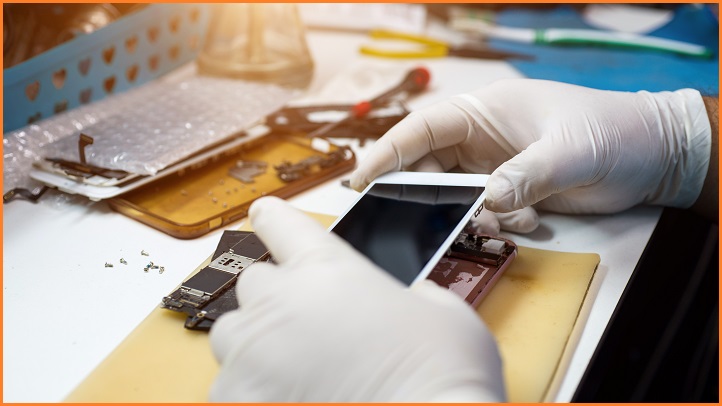Apple is letting Australians repair their devices with genuine parts at locations other than Apple Stores in a bid to get ahead of ‘right to repair’ legislation currently being explored.
Last week, the tech giant said it was expanding its Independent Repair Provider program to include Australia and a host of countries outside North America and Europe.
Under the scheme, Apple will provide businesses with training, genuine parts, tools, and manuals so customers can get their devices repaired without the risk of having parts replaced with cheap counterfeits.
ACT Minister for Consumer Affairs, Shane Rattenbury, welcomed the program’s expansion into Australia but remained wary that it was still an “Apple-controlled repair regime”.
“This is an improvement on the previous situation, where consumers were locked out of repairing their products because manufacturers don’t allow third parties to repair them,” Rattenbury said in a statement.
“The ability for local businesses to get access to parts directly from the manufacturer is a win for the ‘right to repair’ movement and the ACT’s goals for sustainability.
“This will allow these small businesses to begin to break into a market previously dominated by bigger companies and provide greater consumer choice.”
Right to repair
Since late last year, the Productivity Commission has been exploring how to give consumers more choice when it comes to either repairing their own broken goods or finding a decent repairer.
Among its concerns is the environmental impact of e-waste dumped by Australian households.
According to Australian Bureau of Statistics, the country generated 539,000 tonnes of e-waste in the 2018-19 financial year, half of which was recycled.
In its submission to the inquiry, the Waste Management and Resource Recovery Association of Australia (WARR) said more pressure should be put on the creators of products to “better lengthen the lifespan of products and better manage end-of-life”.
“At present, we know that one of the key challenges to achieving a circular economy is poor product design that leads to the loss of source material, does not require emphasis to be placed on re-use or repair, and continues to use composite or problematic material for obsolescence rather than for repair, reuse, disassembling and recycling,” WARR said.
It wants to see EU-style regulation mandating manufacturers provide spare parts and manuals for products, along with tax incentives for repairs that further encourages repair schemes.
In its submission to the inquiry, ACS said an Australian Right to Repair ought to include not just physical repairs but also the ability for consumers to alter embedded software on devices and cloud-based services.
“Regardless of whether a product was designed to become obsolete or has been superseded by technological changes or advances, the need to update software is essential on smart devices to address security weaknesses and changing operational needs,” ACS said.
“The inability to update, or patch, software due to vendor restrictions can pose threats to household and industrial users due to the risks posed by potential security weaknesses.”










